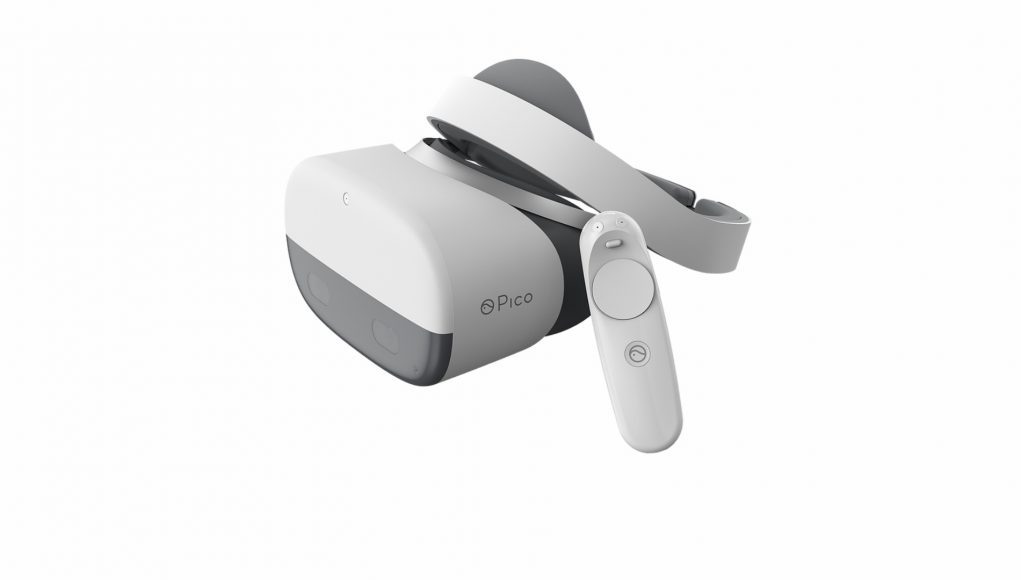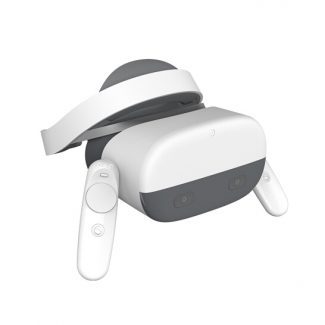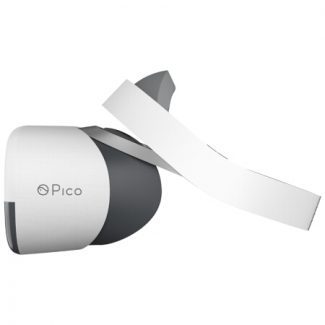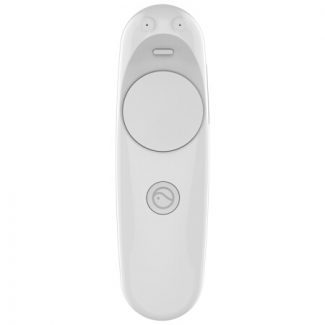Pico Technology, the China-based VR headset manufacturer, today unveiled their latest Pico Neo VR headset, a standalone device that offers 6DoF positional tracking and 6DoF motion controllers. Like HTC Vive Focus, Pico Neo will use the Vive Wave open source API and have access to a mobile version of Viveport in China; unlike Vive Focus though, which was previously destined for Western markets using the Daydream platform, Pico Neo is definitely leaving China along with Vive Wave, although it still isn’t certain which app store the headset will use.
The new Pico Neo doesn’t have much to do with the Pico Neo CV we saw earlier this year, which housed a Qualcomm Snapdragon 820 and a single camera for inside-out tracking.
Now coming closer to Vive Focus in specs, the updated Pico Neo for Western release includes dual-camera inside-out tracking powered by Qualcomm’s Snapdragon 835, a three-hour battery life, 4GB RAM, support for 128 GB microSD and dual 90 Hz 1,440 × 1,600 LCDs. Pre-order requests are available on the US-facing site, but the company is only selling both Pico Neo (for $750) and a newly announced depth sensor Pico Zense to business for now.
China’s versions are slightly different, spanning two different options, both of which contain LCDs; a ‘basic version’ including a 3DoF motion controller similar to the ones packaged with the latest generation of mobile VR headsets for 4,000 RMB (~ $610), or a ‘business edition’, which includes the 6DoF controllers but costs 5,300 RMB (~ $810). Both headsets are currently available for general pre-order in China.
The headset’s controllers are positionally tracked using ultra-sonics technology. While it isn’t clear exactly how this works, the company says it “enables the Neo to deliver high fidelity control without the need for any external cameras, trackers or wires. It also means users are able to get high end VR experiences (6DoF head and hands) typical of an expensive PC solution in a beautifully self contained package.”
When Pico Neo ships in January 2018 in China, the headset will be the second after Vive Focus to adopt HTC’s open source mobile VR API Vive Wave, and also the second to hook into the mobile version of the Viveport app store. When it ships outside of China though, it’s not so certain which app ecosystem it will have access to.
Pico told Road to VR “we are working with HTC to incorporate Vive Wave into the western release of the Pico Neo. We will know more details soon and will update you as soon as we know.” The company didn’t specify which app marketplace the Neo will use, and hasn’t responded yet to further inquiry. We’ll update this article when/if they do.
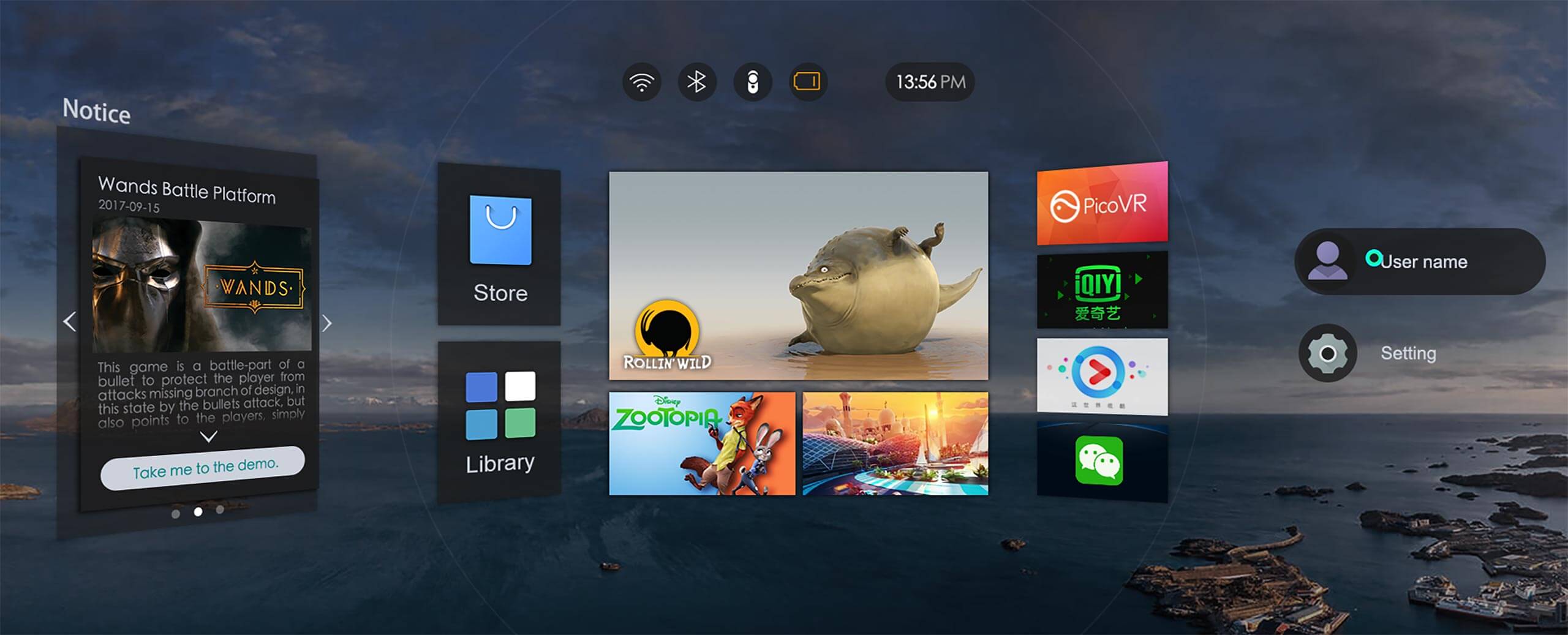
HTC has already signed up twelve hardware partners in China that will support Vive Wave and integrate Viveport content into their future products, including Pico, 360QIKU, Baofengmojing, Coocaa, EmdoorVR, Idealens, iQIYI, Juhaokan, Nubia, Pimax, Quanta and Thundercomm. How many of these will make it out of China isn’t certain at this time, but we’ll be keeping our eyeballs peeled.
Update 10/01/18: It was reported in a previous version of this article that the Western release of Pico Neo contained AMOLEDs, when in reality they contain LCDs.

